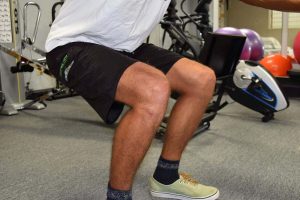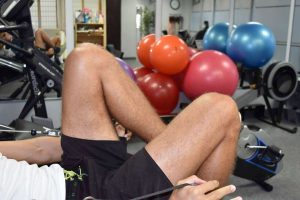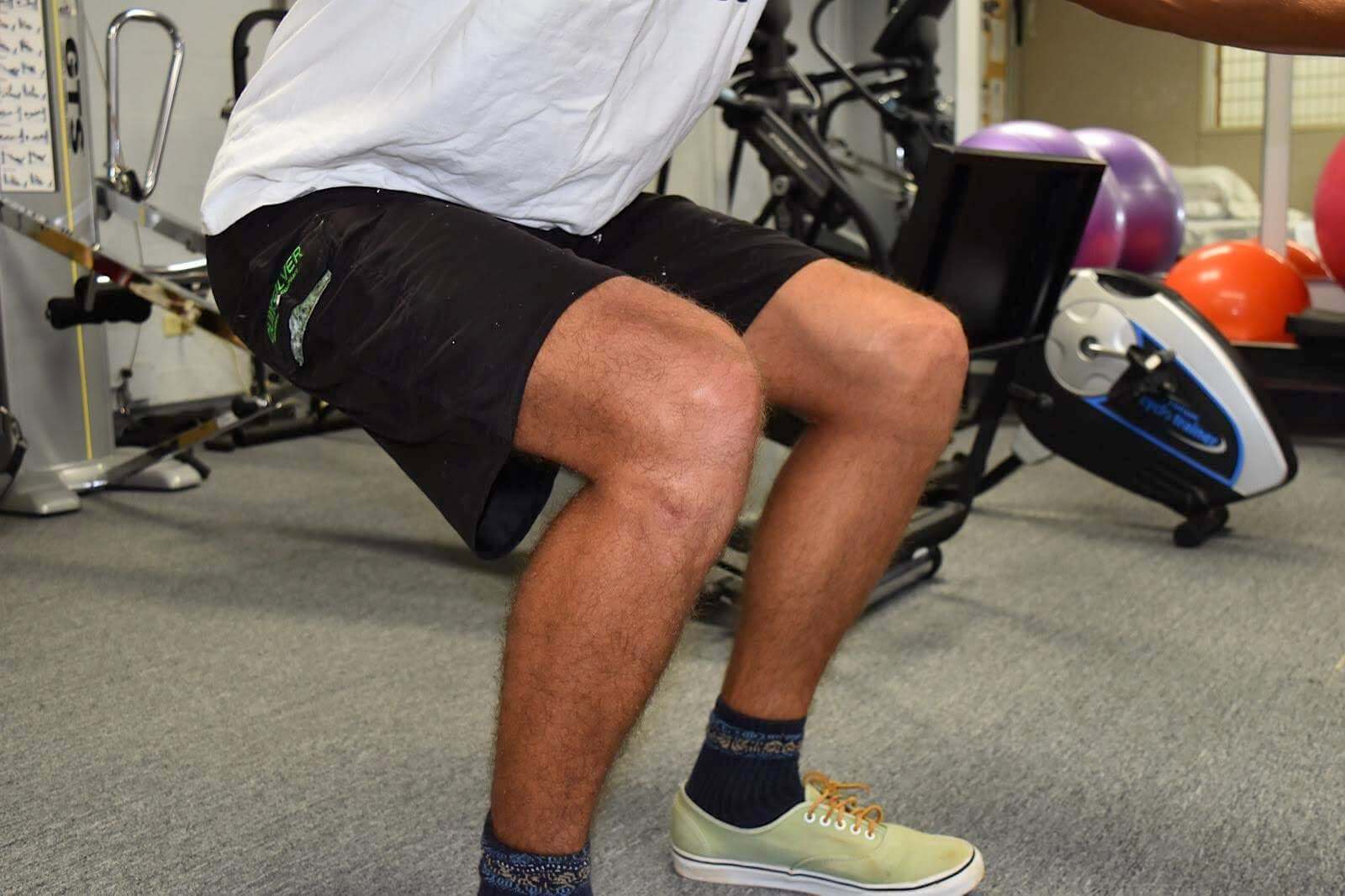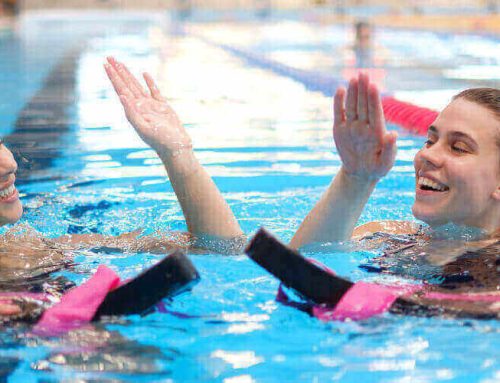 This article originally appeared in the June 2015 issue of Generations Magazine.
This article originally appeared in the June 2015 issue of Generations Magazine.
The knee is the most often replaced joint in the body. Usually, total knee replacement (TKR) surgery is performed when people have knee damage and pain caused by osteoarthritis, rheumatoid arthritis or alignment problems in the leg that make walking or performing daily activities difficult.
Successful recovery requires a considerable investment of time and energy in rehabilitation following surgery. A strict timetable of exercise, rest and medication is crucial to heal muscles and tendons.
Your physical therapist can speed up your return to normal activity and help make your new knee better than the old one!
 A rehab program tailored to your specific needs may include land or aquatic range of-motion and muscle-strengthening exercises, activity-specific training, and body awareness with balance training. You may also receive manual therapy and pain modalities to minimize swelling, as well as a custom home exercise program.
A rehab program tailored to your specific needs may include land or aquatic range of-motion and muscle-strengthening exercises, activity-specific training, and body awareness with balance training. You may also receive manual therapy and pain modalities to minimize swelling, as well as a custom home exercise program.
Prepare for surgery by losing weight. Staying active, even beyond your home exercise program, will help hasten your recovery — but activities should never be done to the point where they cause more pain.
Follow your physical therapist’s instructions and take care to protect your new knee and your general health. These are ways you can contribute to the success of your total knee replacement.





